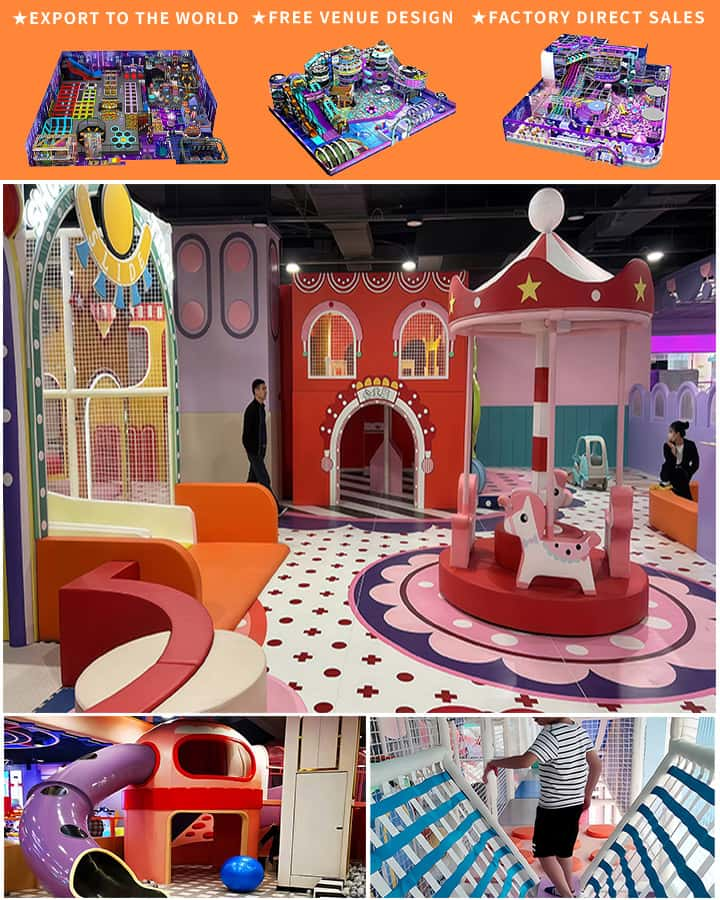Installing commercial playground equipment is a significant task that requires careful planning, adherence to safety standards, and meticulous execution. Whether you are managing a school playground, a community park, or a private recreational area, ensuring the safe installation of playground equipment is crucial for the enjoyment and safety of children and adults alike. Here is a comprehensive guide on how to install commercial playground equipment properly.
Pre-Installation Planning
Site Selection: Choose a suitable location that provides ample space for the playground equipment. Ensure the site is level and free from underground utilities. It’s essential to comply with local zoning laws and regulations regarding playground placement.
Equipment Selection: Select age-appropriate and durable playground equipment that meets safety standards. Consult with playground equipment suppliers to ensure the selected items suit the needs and age range of the intended users.
Surfacing Material: Determine the appropriate impact-absorbing surface material, such as rubber mats, wood mulch, or synthetic turf. The surfacing must meet safety guidelines to prevent injuries from falls.
Permits and Approvals: Obtain necessary permits and approvals from local authorities. This step might involve submitting detailed plans and specifications for review.

Installation Process
Excavation and Site Preparation: Begin by marking the layout of the playground area. Excavate the site as needed, ensuring it is level. Lay down a weed barrier fabric to prevent unwanted vegetation growth beneath the equipment.
Base Installation: For structures like slides, swings, or climbers, prepare a stable base using compacted gravel or concrete. This ensures the equipment remains anchored and secure.
Assembling Playground Equipment: Follow the manufacturer’s instructions meticulously when assembling the playground equipment. Most commercial playground sets come with detailed assembly manuals. Ensure all parts and fasteners are included before starting the assembly process.
Safety Checks: Conduct thorough safety checks to identify any sharp edges, protruding bolts, or other hazards. All components must be securely fastened, and there should be no loose parts.
Surfacing Installation: Once the equipment is assembled and secured, install the chosen surfacing material. Ensure it covers the entire play area, extending at least two meters around each piece of equipment to cushion potential falls adequately.
Final Inspections: Before allowing public use, conduct a final inspection to verify all safety standards are met. Check for proper equipment function, secure anchoring, and correct installation of the surfacing. Involve a qualified inspector if required by local regulations.
Maintenance and Safety Tips
Regular Inspections: Conduct routine inspections to check for wear and tear, loose fittings, and potential hazards. Address any issues promptly to maintain a safe environment.
Cleanliness: Keep the playground clean by removing debris, leaves, and other materials regularly. Clean surfaces reduce the risk of slips and falls.
Repairs and Replacements: Promptly repair or replace any damaged parts to ensure ongoing safety. Establish a schedule for periodic professional inspections and maintenance.
User Guidelines: Post clear usage guidelines and safety rules near the playground. Educate caregivers and children about proper playground behavior and potential risks.
Conclusion
Installing commercial playground equipment involves multiple steps, from pre-installation planning to post-installation maintenance. By following these guidelines diligently and ensuring compliance with safety standards, you can create a safe and enjoyable environment for everyone. Always prioritize safety and consider seeking professional help if necessary to guarantee the best results in your playground installation project.




